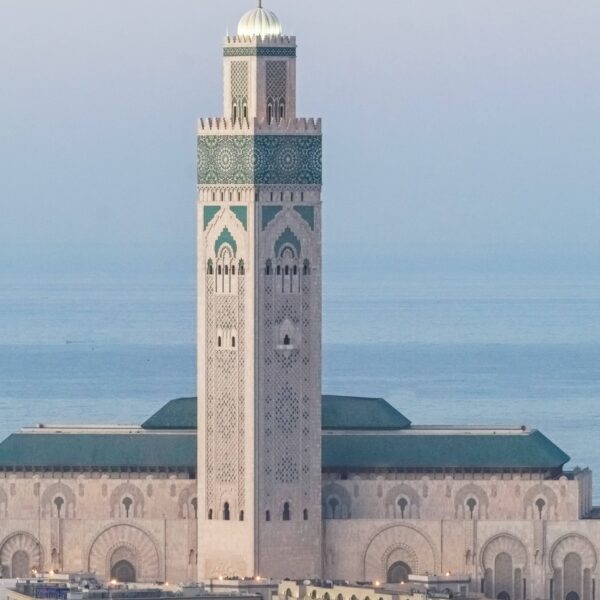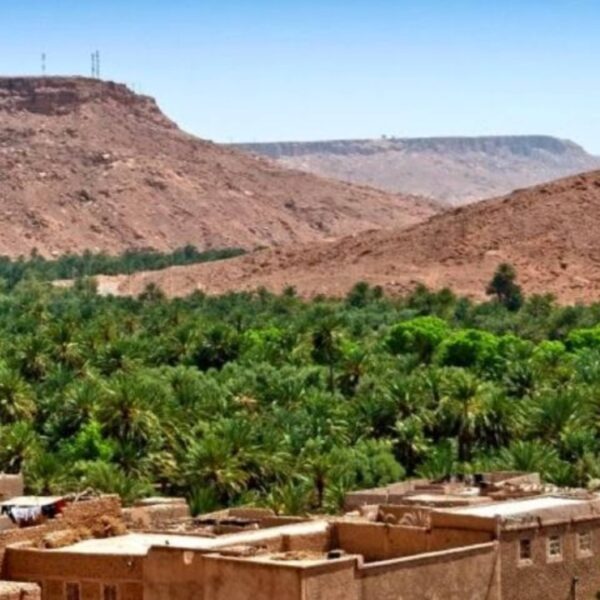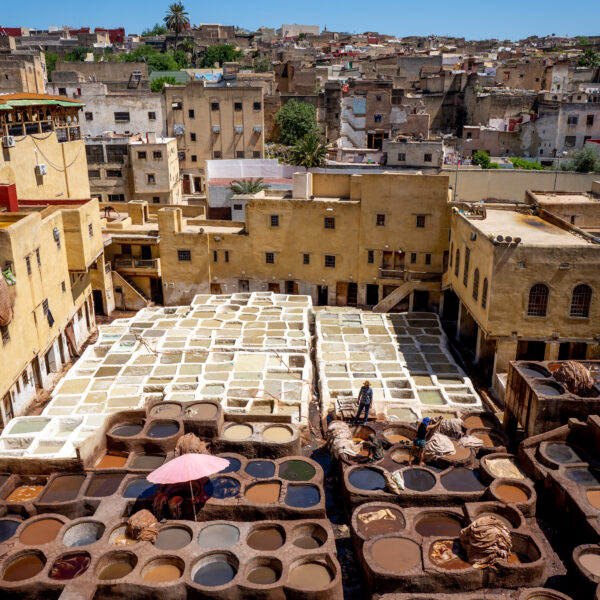Morocco, a country with different landscapes from the sea to the desert, crossing the Atlas Mountains, surrounded by the Rif Mountains, a magical, friendly, surprising and stimulating place, where open-air markets are piled up all over the country with carpets, wood carvings and jewelry. The country’s first product is leather, said to be the finest in the world.
If you travel with ¨Tourism to Morocco¨ we will show you the most authentic and less known corners of Morocco. We will take you through the roads and places less explored by traditional tourism and we will design circuits. In addition to transportation, we organize accommodation in hotels, Riads and hostels of different categories and also in nomad tents (jaimas) in the desert, discovering the warmest hospitality of different tribes, including dromedary rides.
For those people who plan to make a trip without a driver-guide, we will also advise you on accommodation and car rentals.






Click one of our representatives below to chat on Telegram or send us an email to [email protected]